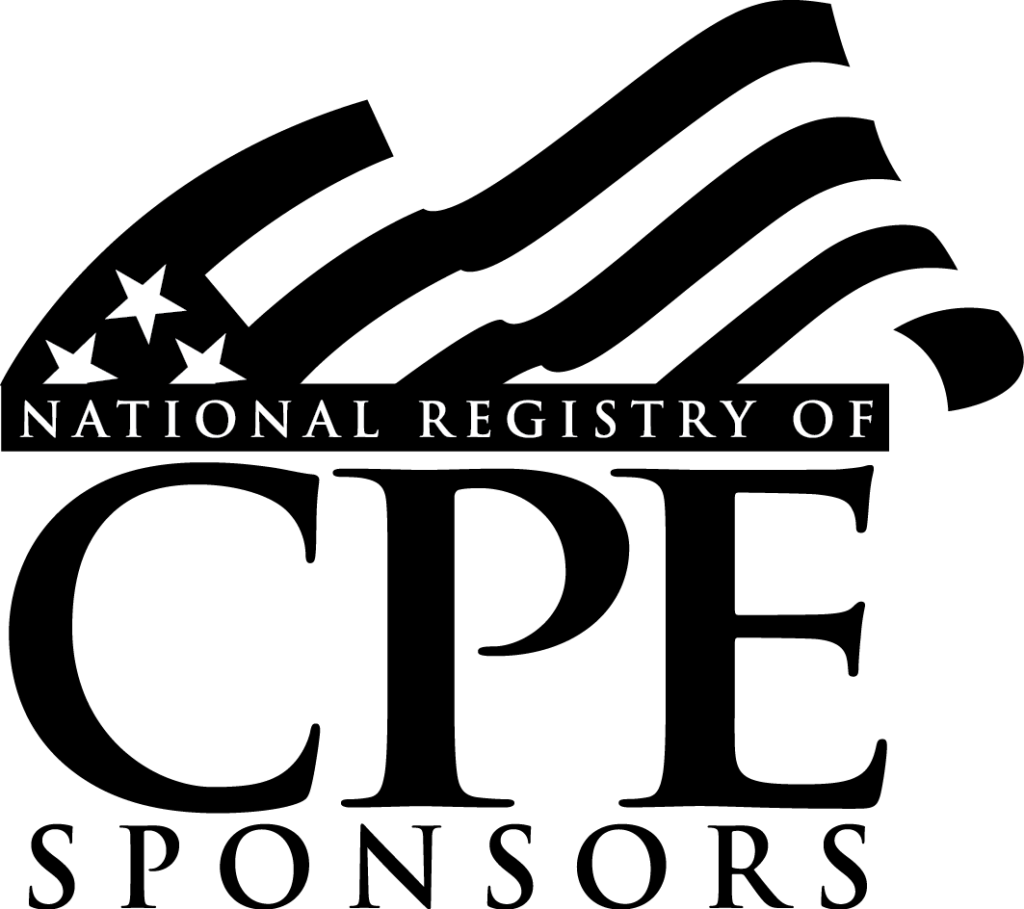From Strategy to Disclosure: A Comprehensive Approach to ESG
Environmental, Social, and Governance (ESG) issues have become a key focus for companies, stakeholders, and regulators worldwide. Companies that embrace ESG principles have a more sustainable business model, generate long-term value for stakeholders and are better prepared to address the challenges of the future. To this end, companies need to develop an ESG strategy and prepare for ESG reporting to align with the growing demand for sustainable business practices.
Developing an ESG strategy involves evaluating the company’s ESG practices, identifying risks and opportunities, and setting clear goals and targets to improve ESG performance. A well-designed ESG strategy considers environmental factors such as climate change, resource consumption, and waste management. Social factors such as human rights, employee health and safety, and diversity and inclusion are also essential. Governance factors, including board composition, executive compensation, and risk management, are equally important.
Getting ready for ESG reporting involves establishing a process for data collection and disclosure that is consistent, reliable, and in line with industry standards and regulatory requirements. ESG reporting should be transparent and provide investors and stakeholders with information that goes beyond financial statements, including data on ESG performance, risk management, and governance practices. Effective ESG reporting helps companies to build trust with investors, improve their reputation, and create a competitive advantage.
In conclusion, companies that prioritize ESG issues and develop an ESG strategy are better equipped to face the challenges of the future, including climate change, social inequality, and changing governance structures. By adopting ESG principles, companies can mitigate risks, generate long-term value for stakeholders, and contribute to a more sustainable future. Companies need to start developing an ESG strategy and preparing for ESG reporting now to stay ahead of the curve and meet the growing demand for sustainable and responsible business practices.









